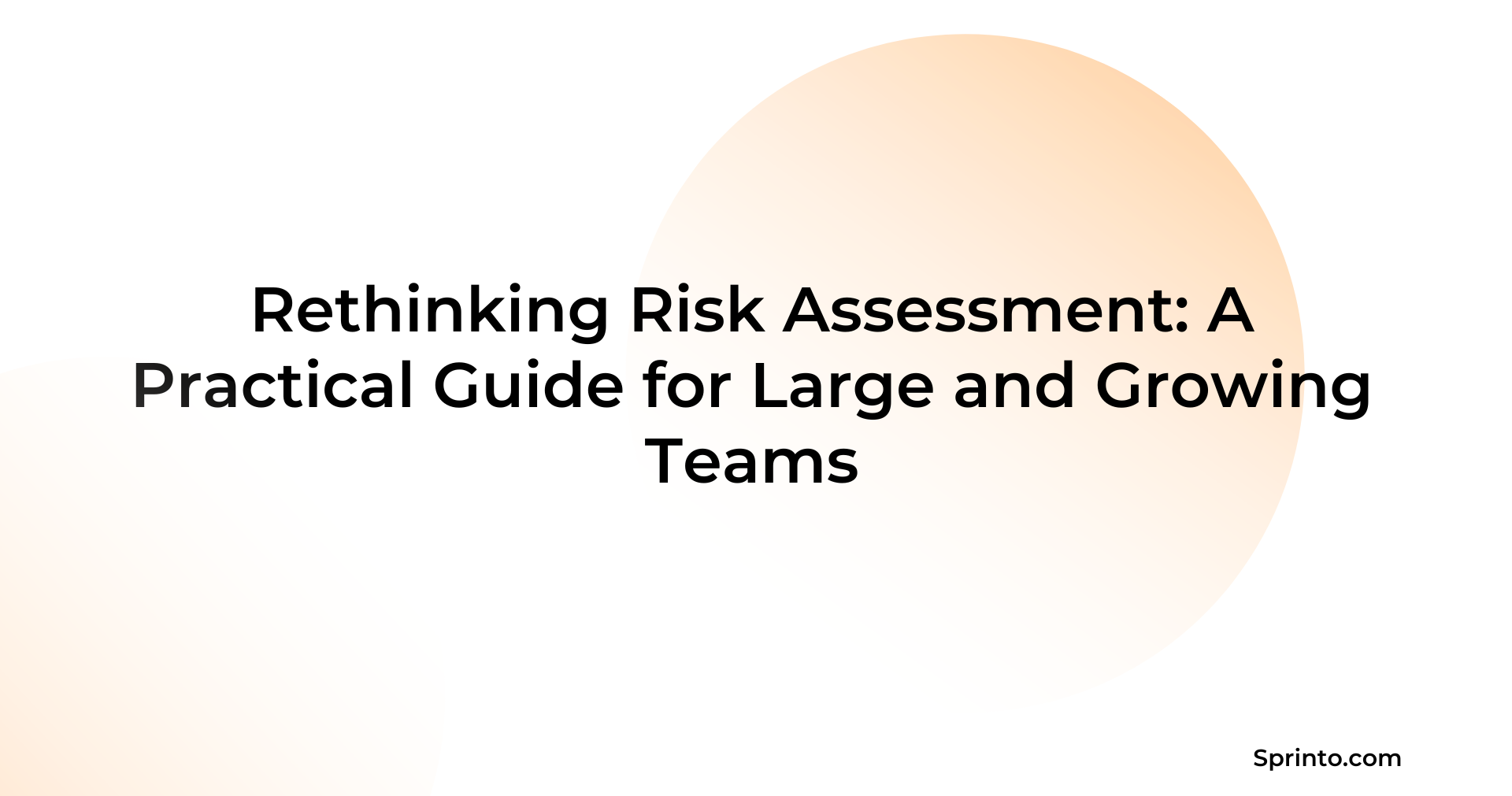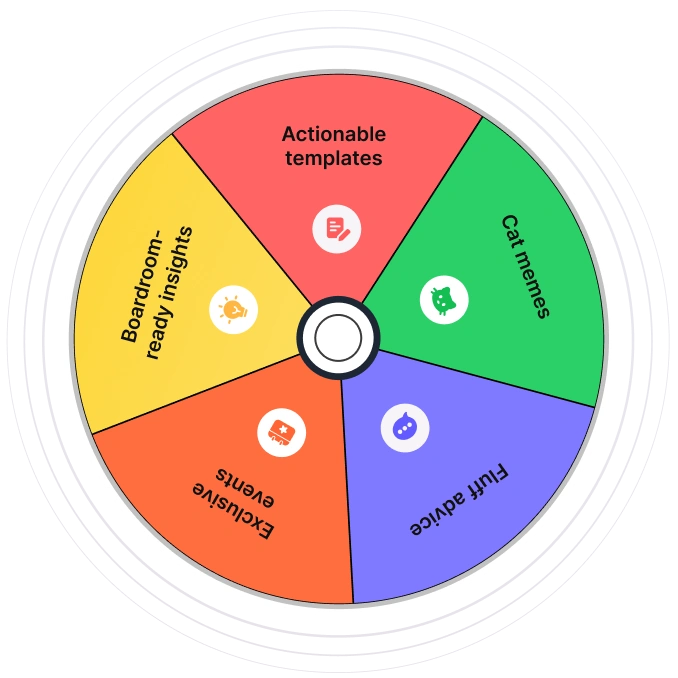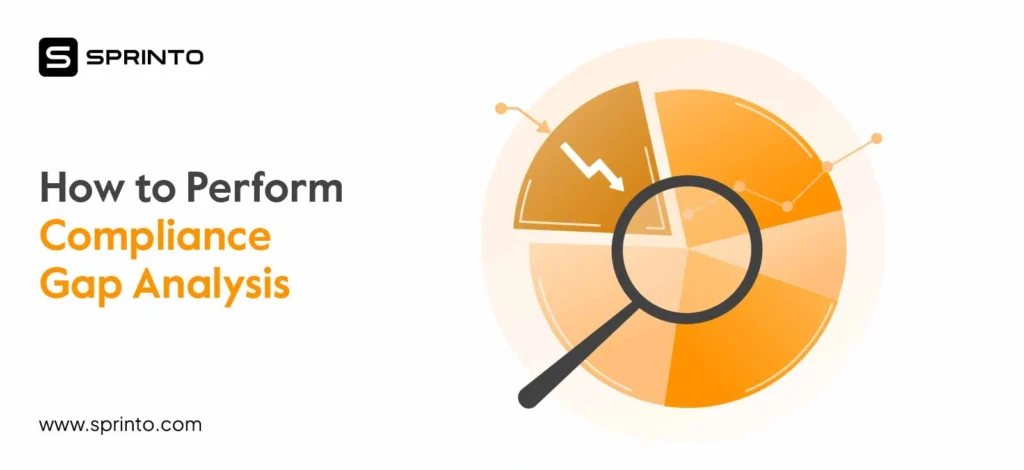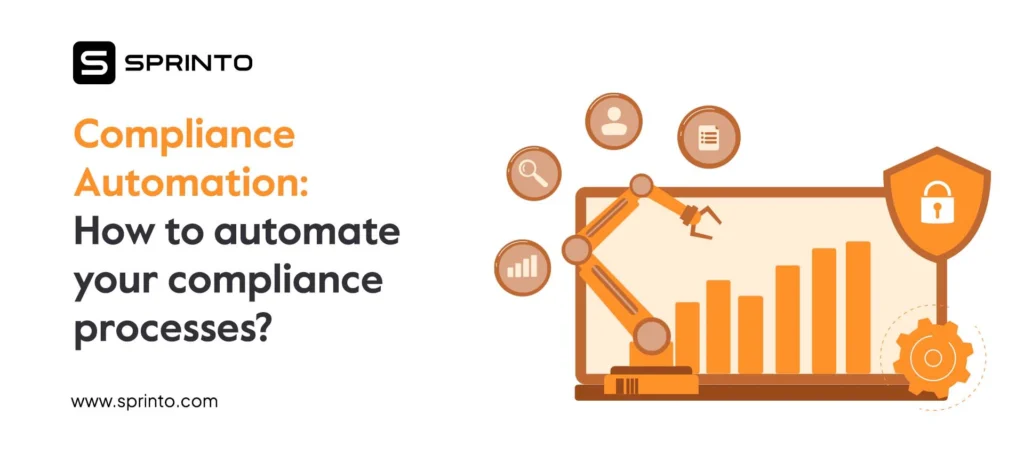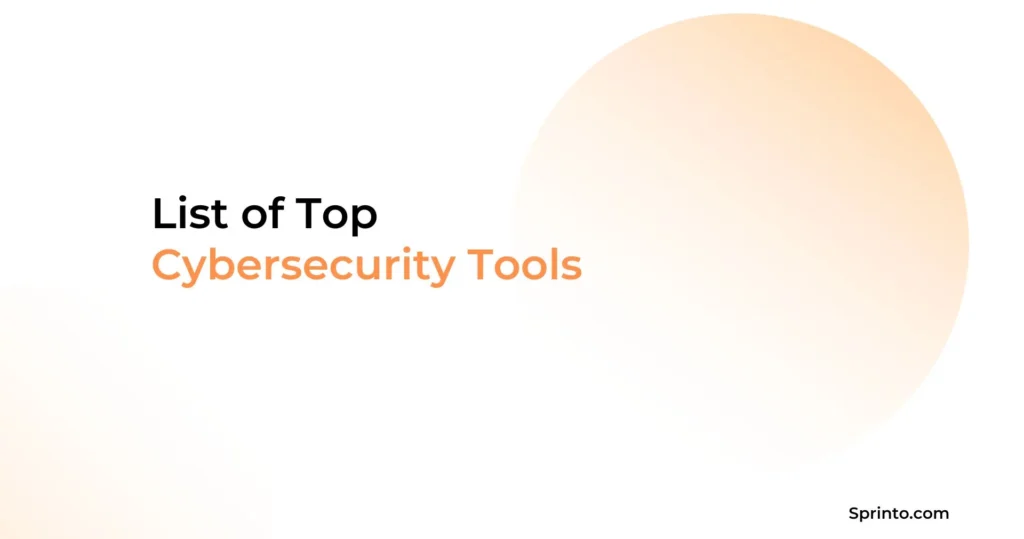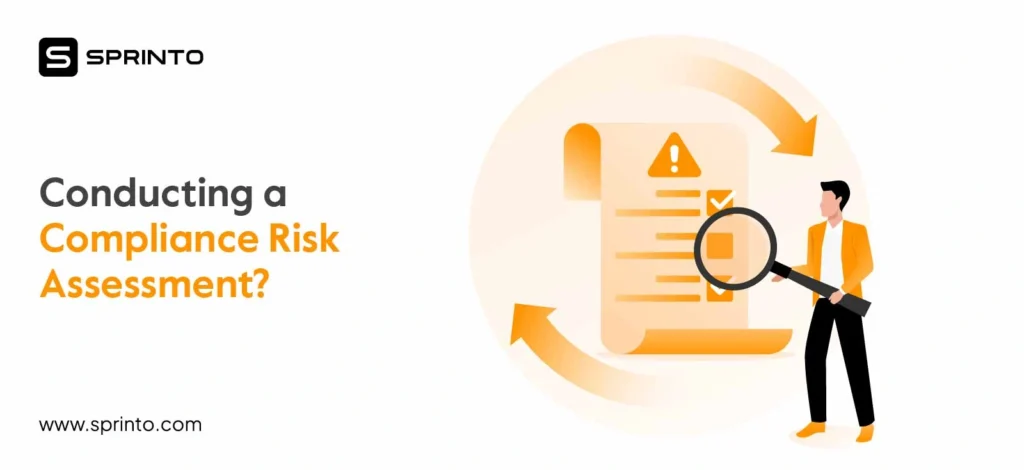According to IBM’s 2024 Cost of a Data Breach Report, the average breach cost mid-to-large companies $4.88 million, with over 49% of that tied to risks they either misunderstood or failed to assess in time.
Ask any security leader at a mid-sized or enterprise company what their last risk assessment uncovered, and you’ll likely get a shrug or a reference to an Excel sheet that hasn’t been touched in months. It’s not that these companies don’t take risk seriously—they do. But somewhere between vendor questionnaires, compliance deadlines, and PowerPoint reports, the real purpose of a risk assessment got lost.
| The risk assessment process helps organizations identify, evaluate, and prioritize threats based on potential impact and likelihood—crucial for managing everything from operational risks to strategic vulnerabilities. |
| Tools like risk assessment matrices enable teams to visualize and assign a level of risk to each scenario, ensuring informed decisions on where to allocate resources and implement controls. |
| The goal isn’t to eliminate all risk, but to reduce it to an acceptable level—one that aligns with the organization’s tolerance, business goals, and compliance requirements. |
What is risk assessment?
Risk assessment is the process of identifying, analyzing, and prioritizing potential hazards—internal or external—that could negatively impact an organization’s operations, data, reputation, or financial health. In simpler terms, it answers a critical question: What could go wrong, how likely is it to happen, and how bad would it be if it did?
Why risk assessment matters more for larger organizations
When you’re running a large company—whether you’re mid-market scaling fast or an enterprise juggling global operations—risk becomes a business problem.
Every decision at scale compounds. One misconfigured API doesn’t just affect a dev environment; it can disrupt customer trust across continents.
Here’s why risk assessments are crucial for you:
1. You’re too big to monitor everything
The larger the organization, the easier it is for critical risks to fall through the cracks. Departments operate in silos, third-party tools stack up, and shadow IT becomes a reality. You need structured risk assessments to surface what’s hiding in plain sight.
According to a 2023 Gartner survey, 45% of organizations experienced a third-party-related business disruption in the past two years.
2. Regulators and customers are watching
Yes, risk assessments are core to frameworks like ISO 27001, NIST, SOC 2, and GDPR. But it’s not just about passing audits anymore. With rising digital literacy, even customers expect transparency and accountability in how you manage data and threats.
A study found that the majority of consumers would stop doing business with a company that suffered a data breach.
3. What you don’t assess, cannot be budgeted for
Executives often say “security is a priority,” but that doesn’t mean it gets budget. Risk assessments translate fuzzy threats into quantifiable costs—giving CISOs and IT leaders the language to justify resources.
Large companies don’t get hacked because they don’t have the budget or the tools for it, they get hacked cause the scale of their companies makes it difficult to spot risks meticulously.
Think about it: marketing is using 14 SaaS tools you’ve never heard of, DevOps is shipping weekly, and someone in HR just onboarded a contractor with blanket access “just for now.”
So, how do you make risk assessment work in this kind of environment—without it becoming another unread PDF?
Risk assessment process
Risk assessment isn’t just a checklist. It’s an ongoing process that shows how prepared your organization really is. Here’s what it usually involves:
1. Asset Mapping
Start by identifying your most critical systems, sensitive data, infrastructure, and teams. This gives you a clear picture of what you need to protect. What are the things you can’t afford to lose? Who owns them? Where are they stored?
2. Threat Modeling
Once you know what you’re protecting, the next step is to figure out what could go wrong. This means looking at past incidents, current trends, and imagining possible threat scenarios based on how your business operates.
3. Vulnerability Analysis
Next, take a close look at where you’re exposed. This could be in your tech stack, internal processes, team training, or even policies. It’s not just about software bugs—it’s about how the entire system operates.
4. Impact and Likelihood Scoring
Not all risks are equal. Here, you assess which risks are most likely to happen and which would cause the most damage. With limited time and resources, the goal is to focus on what’s most urgent and important.
But here’s the thing:
Most companies don’t actually assess risk. They assess what they already know is broken. They respond to auditor checklists or past issues, rather than spotting new blind spots.
So yes, risk assessment is a process.
But more than that, it’s a reflection of your company’s culture, systems, and leadership.
It tells you if your organization is built to stay ahead of problems—not just clean up after them.
Get ahead of risk and compliance
How do you conduct a risk assessment
When hundreds of tools, teams, and third parties are in play, risk becomes fragmented, political, and deeply contextual. And yet, most assessments reduce this complexity into static heatmaps or checklist-driven reports that say everything and mean nothing. This piece is about fixing that—not with theory, but with tactics that actually work in messy, fast-moving environments.
Here’s a step by step process of conducting a risk assessment:
Step 1 – Map what you own
Start with a full inventory of your assets—systems, data, infrastructure, applications, vendors, even critical team processes.
In smaller orgs, you can audit every system in a few Zoom calls. In large companies, the truth is scattered across teams, tools, and territories. So don’t start with a spreadsheet. Start with discovery interviews.
- “What tools or platforms does your team use that might not be officially sanctioned or tracked?”
- “Are there any workflows that happen outside company systems—like using personal emails, WhatsApp, shared Google Docs?”
- “If something broke in this system tomorrow, who would get the first call?”
- “Do you know who owns security for this tool/system/vendor?”
- “Who has access to sensitive data in your team—and does anyone still have access who probably shouldn’t?”
- “Have you ever needed to give someone full access ‘just for a day’? Did that access ever get revoked?”
While these are not traditional questions, these are important. You’ll uncover more risk here than any automated scanner will tell you. And more importantly, you’ll get buy-in—because people are more likely to support a risk process they had a hand in shaping.
Step 2 – Where are your potential threats?
Once you’ve mapped what you own—systems, vendors, data pipelines, rogue workflows—you now have the lay of the land. Threats rarely show up in obvious ways. They don’t enter your system waving a banner; they slip through gaps you didn’t think were worth checking.
For example, let’s say you have a well-documented SaaS stack. You know marketing uses a no-code tool that connects to your CRM. That looks innocuous on the surface—until you realize it authenticates via an OAuth token granted two years ago by a now-departed intern. No one’s monitoring that connection. No one even remembers it exists. And yet, it’s sitting there with read/write access to your entire sales pipeline.
You need to treat every asset you identified in Step 1 not just as a thing you own, but as a potential point of failure. That includes:
- The vendor you onboarded quickly to meet a last-minute product deadline
- The internal dashboard coded by an engineer who’s now at a competitor
- The API you expose to customers that’s still technically in beta
- Even the internal Slack channels where sensitive data floats around in casual conversation
The goal here is not to build a laundry list of things that could go wrong in theory. It’s to uncover the very specific ways your unique ecosystem could fail in practice.
Step 3 – Contextualize your threats
Don’t rush this step. Once a threat is identified, it often gets a label (“high,” “medium,” “low”) and moves straight into the backlog or risk register. But without context, that label is meaningless. A misconfigured S3 bucket and a forgotten VPN credential might both count as vulnerabilities — but their blast radius, exploitability, and business impact can differ dramatically based on where they sit in the organization.
Contextualization matters.
Don’t assess risk in a vacuum. Sit down with team leads and ask:
- What happens to your team if this system goes down for 24 hours?
- Who’s impacted if this data is leaked — internally, externally, reputationally?
- Are there manual fallbacks, or would this bring work to a halt?
Most teams have informal continuity plans they’ve never documented. They know which tools are mission-critical and which ones they can do without for a while. Capture that nuance — because it tells you which risks are survivable and which ones are existential.
Step 4 – Analyze the impact on business and prioritize your risks
No matter how many risks you uncover, you won’t get to fix them all. Not this quarter, maybe not this year. You’ll be lucky if you can seriously tackle the top 10%, 15%, maybe even 50%.
So your job now is to make sure the right people care about the right risks, at the right time.
Too many risk assessments stop at CVSS scores or threat intelligence feeds. But vulnerabilities are only scary in context. Ask:
- Who will feel this risk if it becomes real — and how quickly?
- Will it stop revenue, violate a contract, or impact a KPI someone actually tracks?
- Is there a workaround, or will we be dead in the water?
And then use a prioritization model that reflects your reality. Here’s a simple reframing:
- Critical = Will materially impact revenue, trust, or legal standing
- High = Will disrupt a critical workflow or trigger external escalation
- Medium = Will create operational friction, but can be contained or deferred
- Low = Exists, but no one outside this room will notice
Pair that with:
- Urgency: Does this risk align with any near-term business event (launch, audit, M&A)?
- Remediation complexity: Is this a 2-day fix or a 6-month roadmap change?
Step 5 – Build and action your mitigation plan
By this point, you know which risks matter. But here’s where most risk assessments die: in translation. In large organizations, fixing a risk is a coordination problem. It’s a change request across three teams, a vendor contract renegotiation, a product lead reprioritizing a sprint, and a VP who needs to be convinced why this thing matters more than that thing.
Before finalizing the plan, map:
- Technical owner (who builds or secures it)
- Business owner (who depends on it)
- Executive sponsor (who can escalate it if needed)
If your organization runs on sprint planning, backlog grooming, or OKR cycles, your mitigation plan should plug directly into those rhythms. Don’t create a separate universe of “risk work.”
For example:
- Turn high-priority risks into Jira epics, assigned in sprint planning
- Add mitigation goals to QBRs or OKRs for relevant teams
- Integrate risk flags into vendor reviews or procurement checklists
And finally, track, report and assess.
Every plan should come with a follow-up loop. Risk doesn’t disappear just because the ticket was closed.
Track:
- What was done
- What changed (exposure reduced, control implemented)
- What remains (residual risk, next steps)
Then set a checkpoint — 30, 60, 90 days — to revisit whether the fix held up, and if new risks emerged as a result. Risk is not static. Neither is mitigation. Treat this like product iteration: fix, test, adapt.
Not all risk assessments are built the same way. Some are deep and wide, designed to overhaul your entire security posture. Others are narrow and fast, built to evaluate a specific product rollout or third-party integration. And if you treat them all the same — with the same template, the same process, the same checklist — you’ll either miss what matters or burn out your team chasing low-impact risks.
Types of risk assessment
In theory, a single risk assessment should help you surface every threat, prioritize based on business impact, and define a remediation plan. In reality, though? One format rarely fits all. Each approach has its own lens. Some are built for speed. Others are designed for precision. And some exist purely to meet compliance obligations with the least friction.
Quantitative risk assessment
Quantitative assessments use math, not metaphor. Risks are measured in numerical values—usually financial—based on probability and impact. This approach lets you model scenarios like “What would it cost us if this vendor gets breached?” or “What’s the expected loss from a credential compromise?”
Methods like Monte Carlo simulations, annualized loss expectancy, or FMEA (Failure Mode and Effects Analysis) fall under this category.
You get data-driven clarity. If you’re pitching mitigation to a CFO, nothing lands better than a forecasted dollar loss.
1. Qualitative risk assessment
Instead of trying to assign dollar amounts, qualitative assessments rely on descriptive scales—low, medium, high—for both likelihood and impact. You often gather inputs via interviews, questionnaires, or expert judgment. This is the default for many teams because it’s quick, collaborative, and easy to socialize across non-technical stakeholders.
Although, it’s subjective. Two teams might score the same risk differently. And without defined scoring models, it can be hard to prioritize confidently.
2. Qualitative risk assessment
Instead of trying to assign dollar amounts, qualitative assessments rely on descriptive scales—low, medium, high—for both likelihood and impact. You often gather inputs via interviews, questionnaires, or expert judgment. This is the default for many teams because it’s quick, collaborative, and easy to socialize across non-technical stakeholders.
Although, it’s subjective. Two teams might score the same risk differently. And without defined scoring models, it can be hard to prioritize confidently.
3. Semi-quantitative risk assessment
This hybrid method assigns numeric values (say, 1–5) to qualitative categories (like “high likelihood”), producing risk scores you can visualize and prioritize. It’s often used in risk matrices or scoring grids. It creates a shared scale and reduces ambiguity without requiring deep data sets.
4. Asset based risk assessment
This method starts with the question: What are we protecting? You list assets, classify their importance, and evaluate the threats and vulnerabilities they face. It’s commonly used in IT and cloud security environments, where knowing what assets are critical helps justify security investments and monitoring coverage.
You align effort with what the business values most but it can also narrow your scope too much.
5. Vulnerability based risk assessment
This approach is rooted in what’s already exposed—scanning your environment for known vulnerabilities and assessing which ones are exploitable, how severe they are, and what they could lead to. It’s commonly used in vulnerability management programs that want to link findings to broader risk exposure, especially when tools like Nessus, Qualys, or Wiz are already in place.
6. Dynamic risk assessment
Unlike the other models, dynamic risk assessments are designed for on-the-fly decision-making. Think: emergency vendor onboarding, rapid cloud migration, a geopolitical shift that suddenly exposes your supply chain. It’s less about formal scoring, more about structured triage: what do we know, what’s changing, and how do we respond now?
7. Threat based risk assessment
This method flips the script: instead of asking “What are we protecting?” it starts with “Who or what might come for us?” You identify threats (e.g., ransomware actors, insider abuse, supply chain fraud), then map how they could exploit your environment.
Understanding the type of risk assessment you need is only half the equation. The other half is about execution—the techniques you use to gather data, evaluate impact, and surface actionable insights.
Risk assessment techniques
There is a tendency in enterprise risk programs to confuse methodology with technique. A methodology tells you what kind of assessment you’re doing (quantitative, threat-based, etc.), but the technique is about how you uncover and validate risk.
That means relying on a mix of investigative, analytical, and facilitative techniques: structured interviews, facilitated workshops, system audits, red-teaming, control testing, and data modeling, often layered together rather than used in isolation.
One of the most underused — yet most revealing — techniques in large orgs is facilitated risk workshops.
When structured well, they surface risks that won’t show up in scanners or policy docs — things like business process loopholes, unsafe workarounds, or deeply embedded access practices that persist because “that’s how we’ve always done it.”
On the technical side, techniques like attack surface mapping and threat modeling are critical for understanding how multiple risk vectors intersect — especially when cloud infrastructure and third-party dependencies are involved.
But no technique, however sophisticated, works in a vacuum. You need framing — what are you solving for? Is it a fast vendor evaluation or a foundational control audit? Are you validating an assumed low-risk area or investigating a part of the org where security visibility has historically been poor? The most effective risk teams adjust their technique based on the stakes, the velocity of change, and the quality of inputs available.
Benefits of conducting a risk assessment
A well-executed risk assessment cuts through optimism bias, departmental blind spots, and tech sprawl to give leaders a reality check. The immediate reward? Faster, clearer decision-making. Risk assessments help leadership decide what not to worry about, what to deprioritize, and where to direct scarce resources.
Risk assessments also create institutional leverage. When done right, they build the case for better tooling, stronger vendor controls, more secure development practices — and increasingly, safer AI adoption.
As teams embed generative AI into internal workflows and customer-facing systems, risk assessments are the only reliable way to evaluate exposure around data privacy, model outputs, shadow usage, and ethical edge cases. Without this layer, AI pilots often bypass governance until they become audit liabilities. With it, companies can move fast and stay accountable.
Finally, assessments that go beyond surface-level heatmaps unlock long-term operational resilience. They catch upstream issues before they metastasize — like a vendor without proper SOC 2 controls, a customer data store exposed via misconfigured permissions, or a “temporary” workflow that’s become permanent without oversight.
But surfacing risk is just step one. The harder part is keeping that visibility intact as the business shifts—new tools, new vendors, new shortcuts made in the name of speed. That’s why a static spreadsheet or a once-a-year review doesn’t cut it. You need something built to adapt alongside your org.
How Sprinto helps with risk assessments
That’s where Sprinto fits in—not as a one-time checklist tool, but as the layer that helps you stay ahead of risk without slowing the business down.
- Sprinto continuously monitors your systems to detect potential risks in real-time, reducing the reliance on periodic manual assessments.
- Gain a unified view of all identified risks, their statuses, and mitigation plans, facilitating better decision-making and accountability.
- Align your risk management efforts with various compliance standards, ensuring that your organization meets necessary regulatory requirements.
- Assess and monitor third-party vendors to ensure they meet your organization’s security and compliance standards, reducing external vulnerabilities.
By integrating Sprinto into your risk management strategy, you not only enhance the efficiency and accuracy of your assessments but also foster a proactive risk-aware culture within your organization.
Book a call today!
FAQs
How do project managers assess and prioritize project risks?
Project managers assess risks by identifying uncertainties that could derail timelines, budgets, or outcomes. Once identified, each project risk is evaluated for likelihood and impact, assigned risk ratings, and mapped against mitigation plans. Many teams rely on tools like a risk matrix or template to streamline this process, especially when juggling multiple workstreams in a dynamic risk environment.
What are strategic risks and how are they different from operational or security risks?
Strategic risks are high-level threats that affect your organization’s ability to meet long-term goals — like poor market positioning, failed investments, or reputational damage. In contrast, security risks usually relate to data breaches, infrastructure flaws, or access control failures. Operational risks sit in between and often arise from internal systems, people, or processes breaking down. The key difference lies in the scope and consequences—strategic risks tend to have far-reaching business impacts, while others are more localized.
How often should you review your risk environment, especially for security risks?
Your risk environment should be reviewed regularly — at least quarterly — and immediately after major adverse events or operational changes. For security risks, continuous monitoring is ideal, especially in industries where threat landscapes evolve quickly. Frequent reviews help you reassess control measures, re-rate risks based on new intelligence, and adapt to emerging strategic or project-level risks before they escalate.
What are the basic steps involved in a risk assessment?
Risk assessment typically follows five basic steps:
- Identify potential threats and risk factors,
- Determine the adverse events these risks could trigger,
- Evaluate the potential consequences,
- Implement control measures to reduce or eliminate exposure, and
Review and monitor the risks over time.
Using a risk assessment template can help standardize this process across teams and ensure no critical step is missed.
Sriya
Sriya is a strategic content marketer with 5+ years of experience in B2B SaaS, helping early- and growth-stage companies build and scale content engines from scratch. She specializes in long-form storytelling, thought leadership, and content systems that grow traffic and drive pipeline. Passionate about solving messy, early-stage challenges, she loves figuring out what to build, how to say it, and who it’s for.
Explore more
research & insights curated to help you earn a seat at the table.



